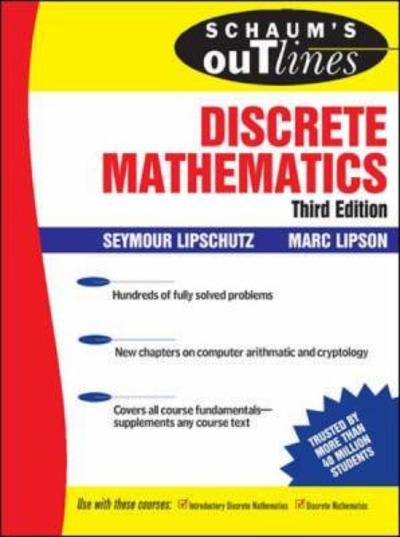



Question 1: What is the main objective of the Theory of Probability in Statistics?
Question 2: Please define a Sample Space
Question 3: Define the range of probabilities of any events in our daily life.
Question 4: Define the Addition Rule and the Multiplication Rule and support your answers with valid numerical examples.
Question 5: Define Mutually Exclusive Events versus Independent Events. Support your answers with valid examples!
The videos to watch are: Bunnies, Dragons and the 'Normal' World: Central Limit Theorem | The New York Times AND Casinos Always Win with the Central Limit Theorem
In both the Central Limit Theorem article and Bunnies/Dragons video, what common practical problems are being addressed?
How does the Central Limit Theorem help solve the problems? Discuss how increasing the size of the sample affects the shape, height, and spread of the distribution of sample means.
In the Bunnies/Dragons video, describe the distribution of the individual weights of the bunnies, and describe the distribution of the individual wingspans of the dragons. Why did the video discuss both kinds of distributions?
How do casinos and other gambling establishments benefit from an understanding of the Central Limit Theorem? Use statistics calculations mentioned in the video to support your answer.
Answer Solution SKILL BUILDER 7: THE 95% RULE In Exercises 2.102 to 2.105, use the 95% rule and the fact that the summary statistics come from a distribution that is symmetric and bell-shaped to find an interval that is expected to contain about 95% of the data values. 2.102 A bell-shaped distribution with mean 200 and standard deviation 25. 2.103 A bell-shaped distribution with mean 10 and standard deviation 3. > Answer > Solution 2.104 A bell-shaped distribution with mean 1000 and standard deviation 10. 2.105 A bell-shaped distribution with mean 1500 and standard deviation 300. > Answer > Solution 2.106 Estimating Summary Statistics For the dataset 45, 46, 48, 49, 49, 50, 50, 52, 52, 54, 57, 57, 58, 58, 60, 61 a. Without doing any calculations, estimate which of the following numbers is closest to the mean:1. An experiment randomly assigned 10 children to each of two groups. One group was given training in creative problem solving and the other was not. All children were then given a series of problems and asked to generate possible solutions. Below are the summary statistics for the number of solutions generated for both groups. Is there a signicant difference in the number of solutions generated between the training group and the group without training at a signicance level of .05? Table B1 mun\" "manna\" (a) Compute the mean and standard deviation for the training group and no training group, respectively. (4 marks) (b) State the null hypothesis and the alternative hypothesis. (2 marks) (c) Compute the test statistics (10 marks) (d) State your decision and interpret the results. (4 marks) Use Excel to nd the Standard Normal Probability for the following questions. Don't forget to sketch the normal distribution and shade the required area. a] what is the area under the standard normal curve to the left of: = 1.64? (-I-dp] b} What is the area under the standard normal curve botwolrl z = -2.04 and z = 1.96? (Mp) c) What is the zvalue that gives the right hand tail area equal to 0.0102? (de) d} What is the absolute value of 2 such that the total area under the standard normal curve between 2 and +2 will be 0.9372? (2dp] 6. a. If you toss a fair die five times, what is the probability of rolling a 4 exactly three times? Round to four decimal places. h. A statistics teacher estimates that 5% of all questions contained in a workbook . have incorrect solutions in the back of the book. If a sample of 15 questions is taken, what is the probability that at least two of them have incorrect solutions? Give an answer to three decimal places.Problem 4: Cite the Hume Rothery rules for solid solution formation and then apply them to comment on the solid solution that C. O. Ag and Ni would form with Pt given the information on the table below. (8+8 points) Atomic Radius Element (nm) Crystal Structure Electronegativity Valence Ni 0.1246 FCC 1.8 +2 C 0.071 0 0.060 Ag 0.1445 FCC 1.4 +1 0.1387 FCC 1.5 +2















